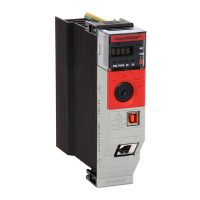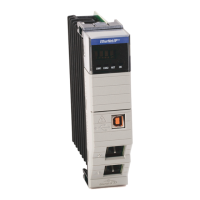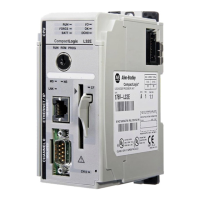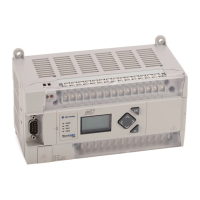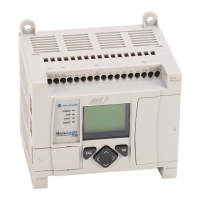Chapter 1 Program a Function Block Diagram
20 Rockwell Automation Publication 1756-PM009J-EN-P - March 2022
Likewise, constantly setting the ProgProgReq input can "lock" the instruction
into Program control. This is useful for automatic startup sequences when the
program should control the action of the instruction without an operator
inadvertently taking control of the instruction. In this example, the program
sets the ProgProgReq input during the startup, and clears the ProgProgReq
input once the startup is complete. Once the ProgProgReq input is cleared,
the instruction remains in Program control until it receives a request to
change. For example, the operator sets the OperOperReq input from a
faceplate to take control of that instruction. This example shows how to lock
an instruction into Program control.
Operator request inputs to an instruction are always cleared by the
instruction when it executes. This lets operator interface work with these
instructions by setting the desired mode request bit. It is not necessary to
program the operator interface to reset the request bits. For example, if an
operator interface sets the OperAutoReq input to a PIDE instruction, when
the PIDE instruction executes, it determines the appropriate response and
clears the OperAutoReq.
Program request inputs are not normally cleared by the instruction because
these are normally wired as inputs into the instruction. If the instruction
clears these inputs, the input would get set again by the wired input. In some
situations, other logic should set the Program requests to be cleared by the
instruction. In this case, set the ProgValueReset input and the instruction
always clears the Program mode request inputs when it executes.

